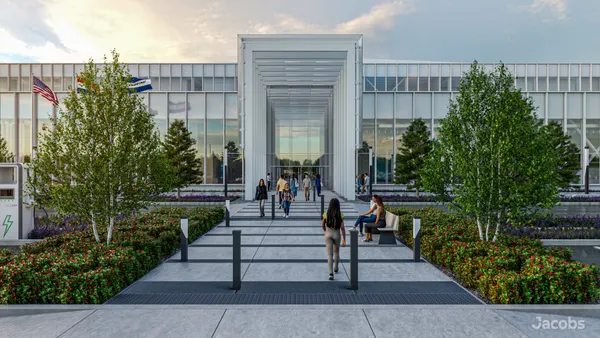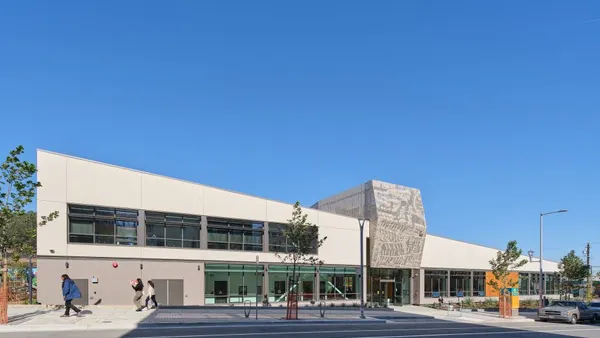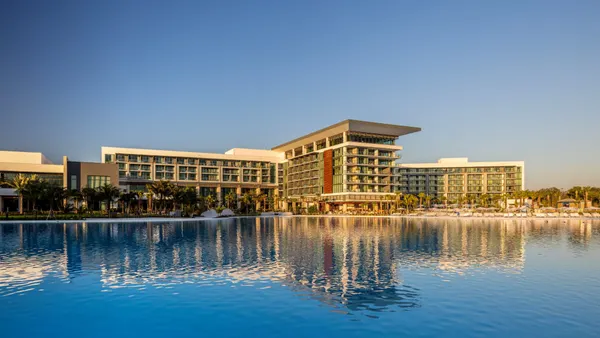Dive Brief:
- A new report details how construction costs have changed across 12 U.S. cities since the coronavirus pandemic began. Broken down by market, all of the U.S. cities in the Rider Levett Bucknall report saw at least small gains, except for Chicago, which experienced a 1.29% decrease in comparative costs from October 2019 to October 2020. Costs in Los Angeles and San Francisco rose the most for the year.
- The report from the construction consultancy firm also shows that despite the arrival of the COVID-19 outbreak, the national average for construction costs rose approximately 2.03%.
- The RLB Comparative Cost Index tracks the true bid cost of construction, including labor, materials and general contractor and subcontractor overhead costs and fees. The most recent index also includes applicable sales/use taxes that standard construction contracts attract.
Dive Insight:
In boom times, construction costs typically increase more rapidly than the net cost of labor and materials, the report says. This happens as the overhead levels and profit margins are increased in response to the increasing demand. Similarly, in a weakened market, construction cost increases are dampened or may even be reversed due to reductions in overheads and profit margins.
The report also details indicative construction costs for eight building sectors in each city. These numbers range from $930 per square foot for general hospital space in Los Angeles and $800 per square foot for prime office space in New York City to $70 per square foot for warehouse space in Las Vegas and Phoenix.
The numbers show that the U.S. construction industry, at least in major cities, is continuing to gain value. With its essential status, many projects which were underway at the start of the pandemic were permitted to continue, while providing much-needed jobs during a period when many workers in other industries found themselves on unemployment rolls.
“After many bumps and bruises, construction has proven to be one of the better performing sectors of the economy over a difficult period,” said Bernard M. Markstein, president and chief economist of Markstein Advisors, in an Associated Builders and Contractors press release last year.
Nevertheless, although construction costs in most cities saw increases, a slowing U.S. economy could affect those numbers this year.
“In the first half of 2021, the overall economy is unlikely to accelerate," said RLB North America president Julian Anderson in a news release. “But in the second half of the year, as the agenda of the Biden administration gains traction with its recovery and stimulus plans — particularly programs that address both infrastructure improvement and job creation, which are likely to receive bipartisan support — I’m optimistic that we could see a dramatic comeback for the AEC industries."













